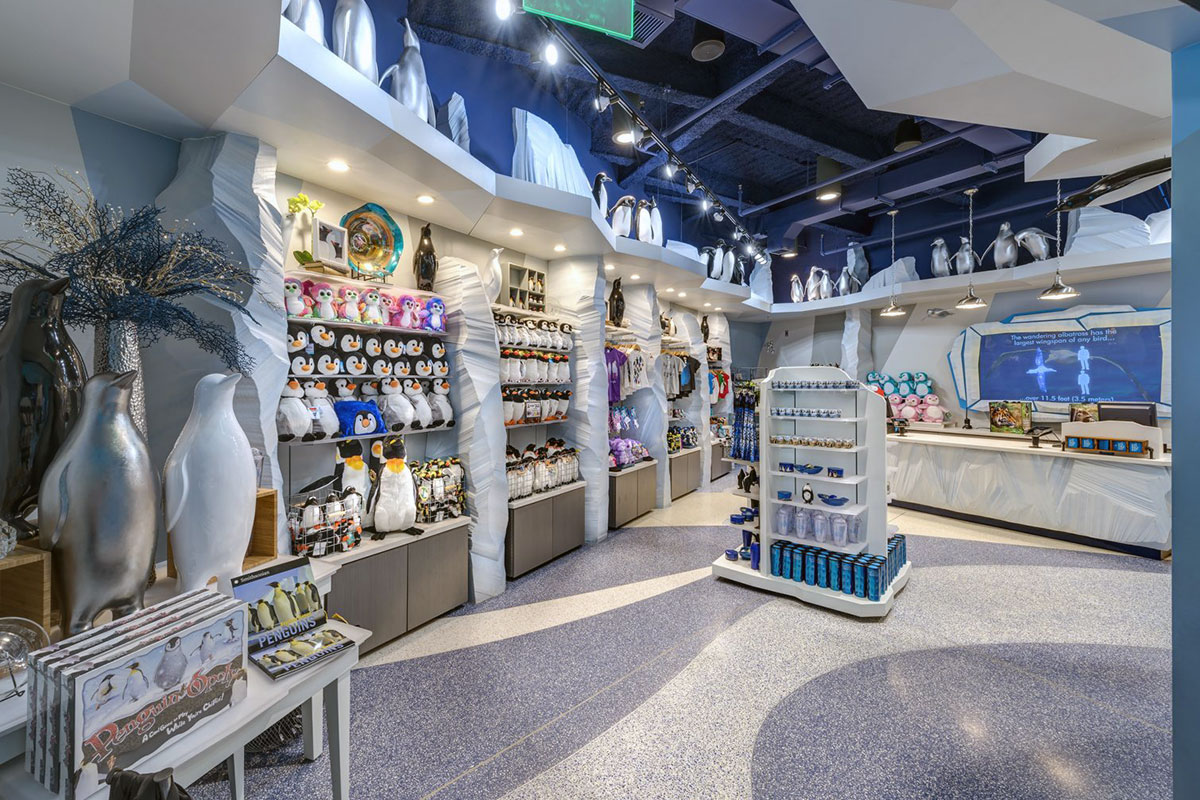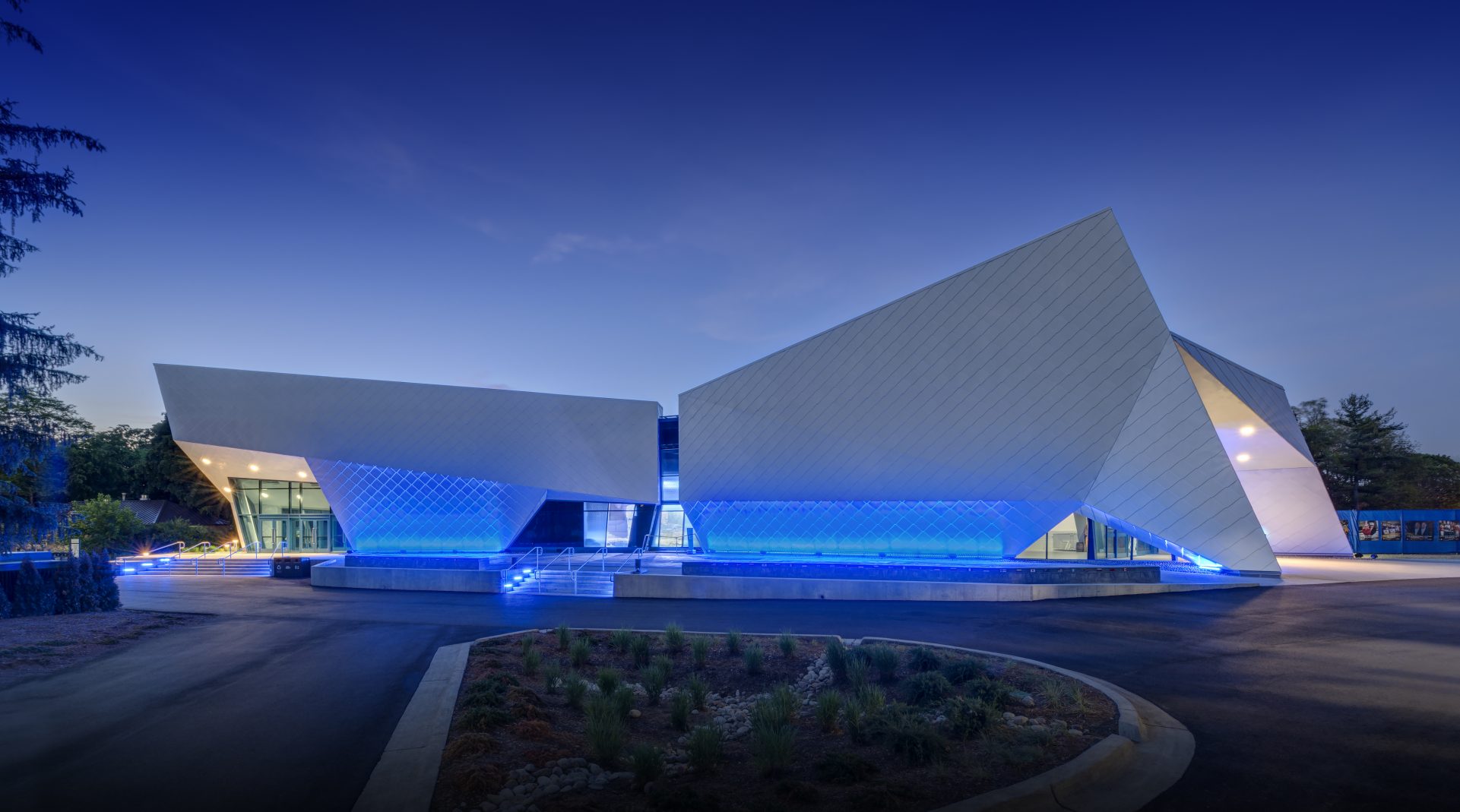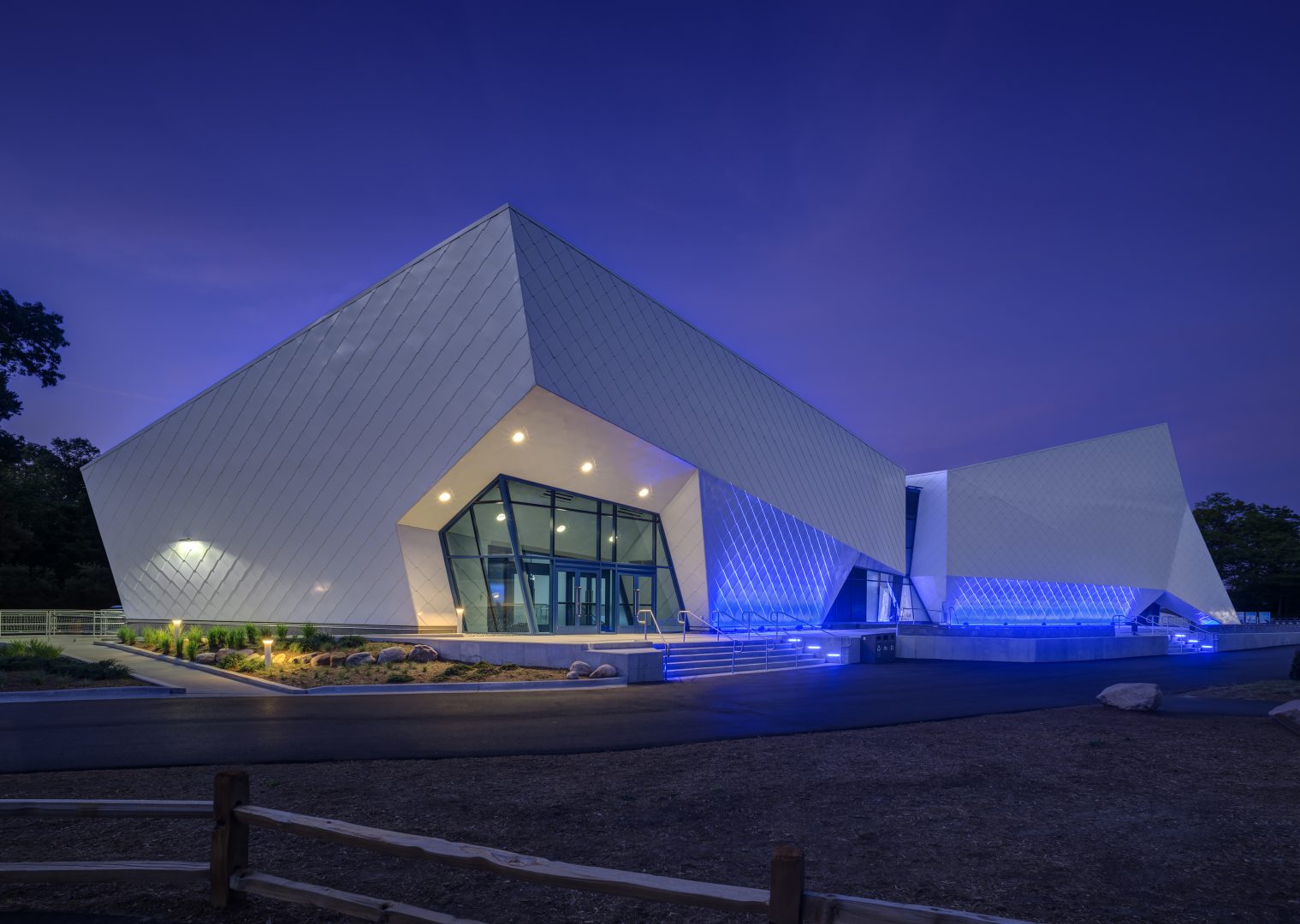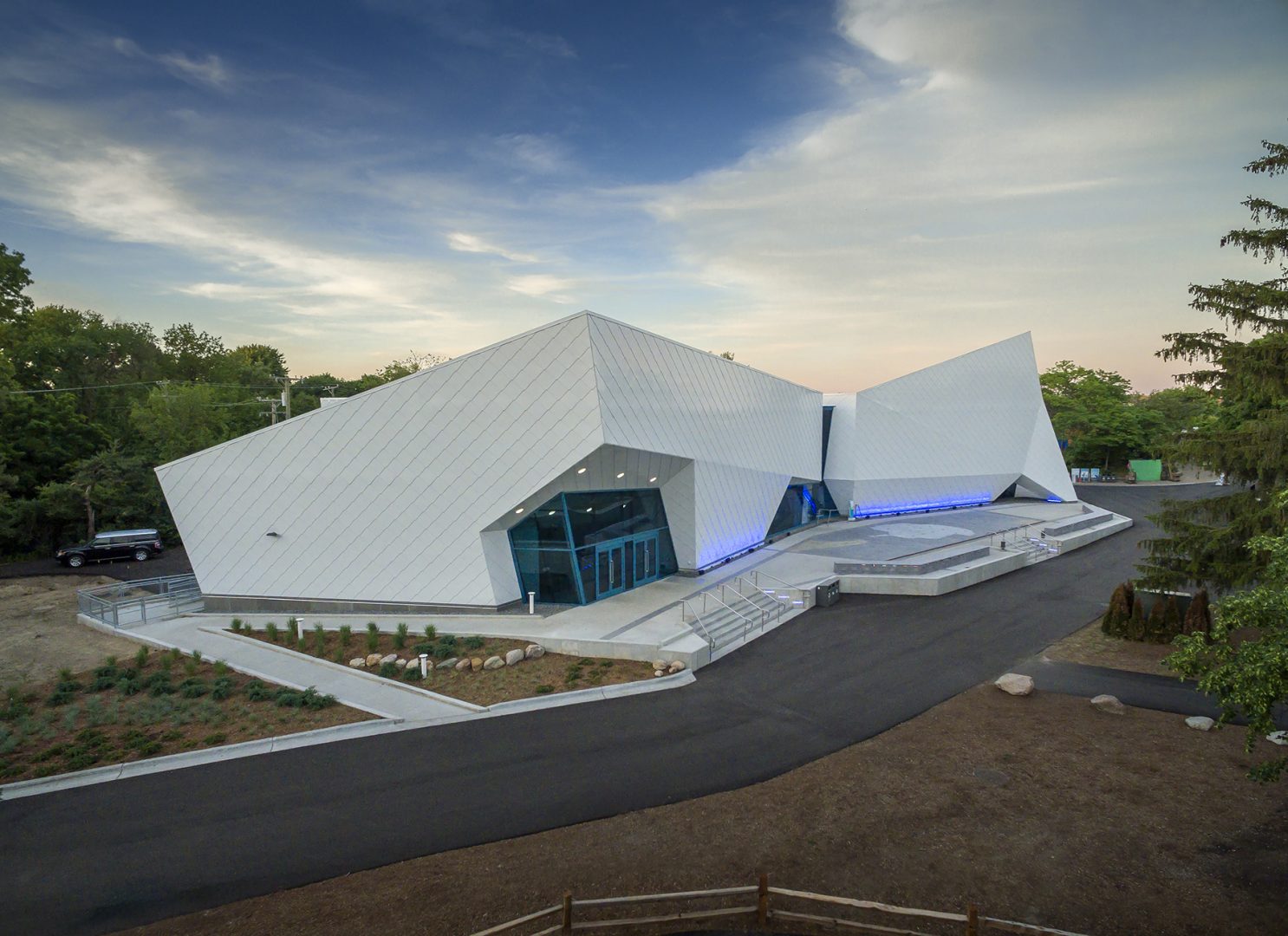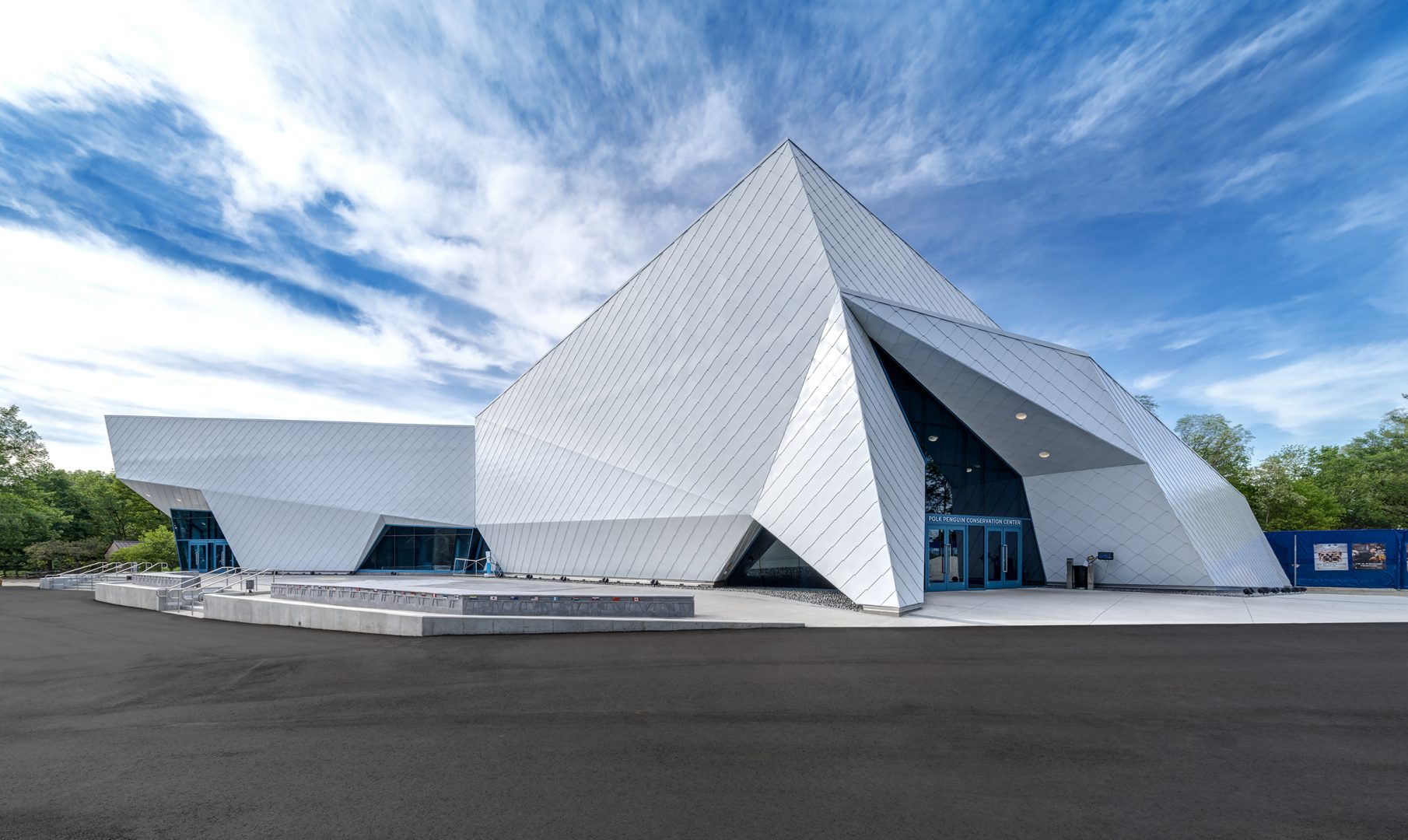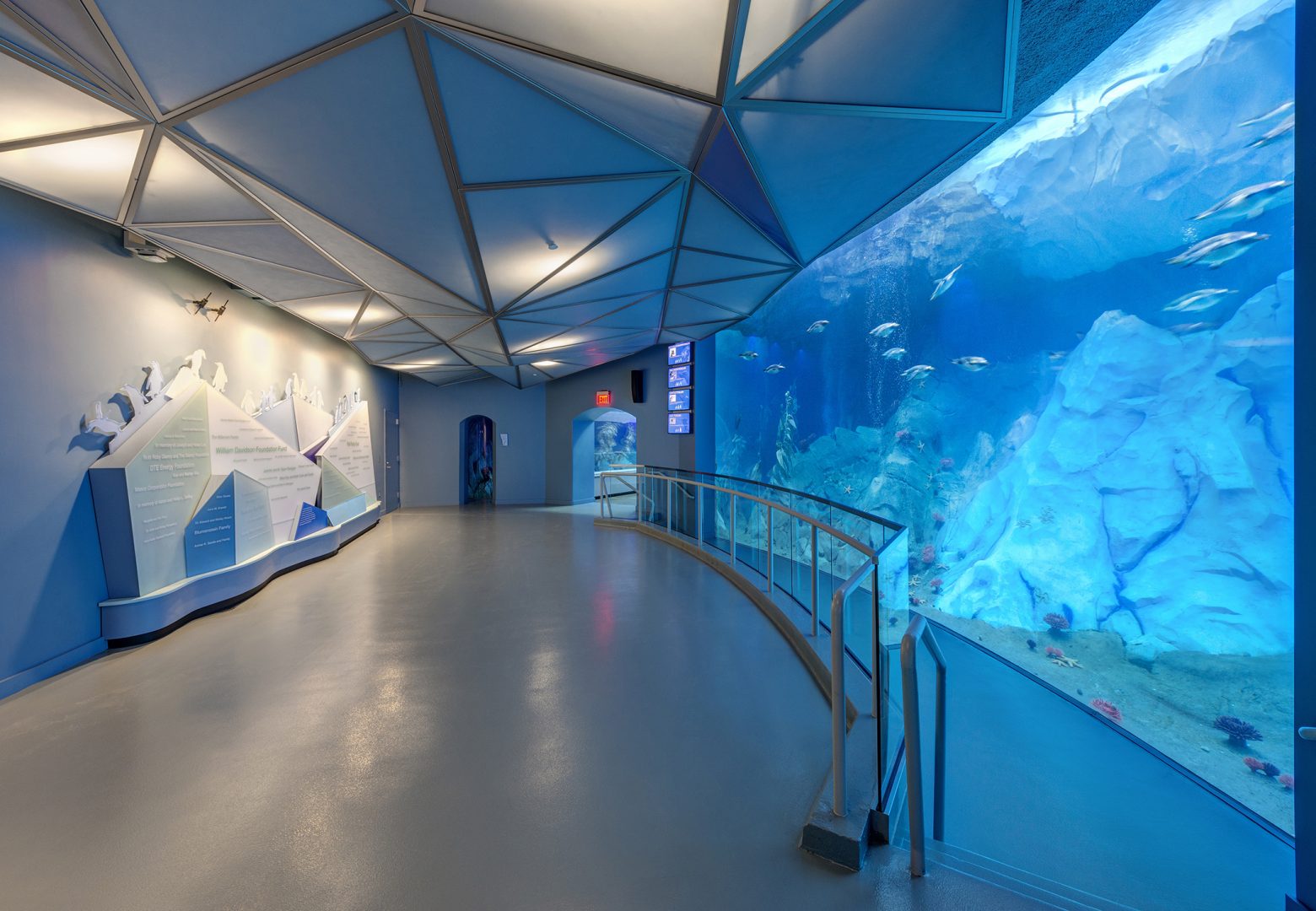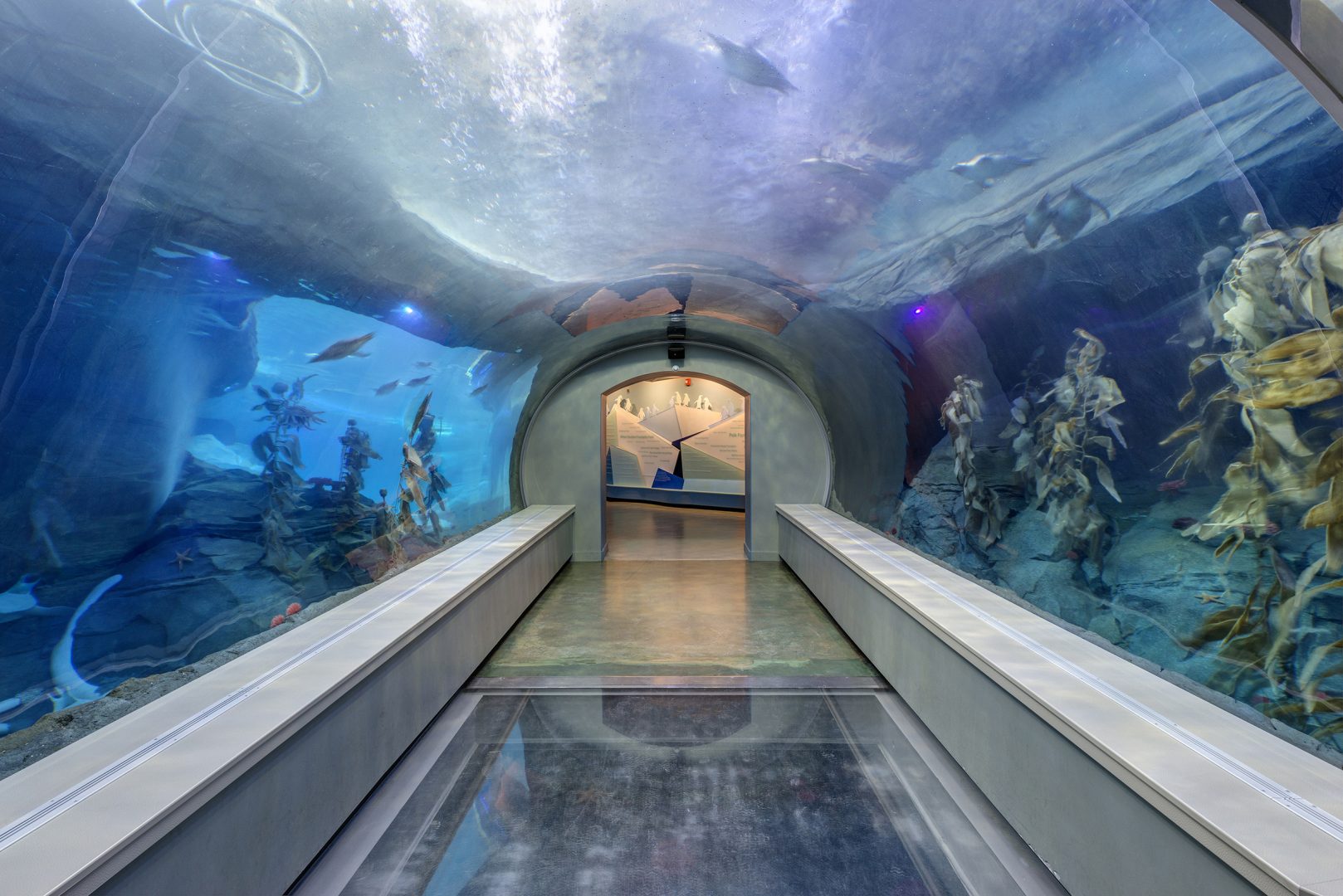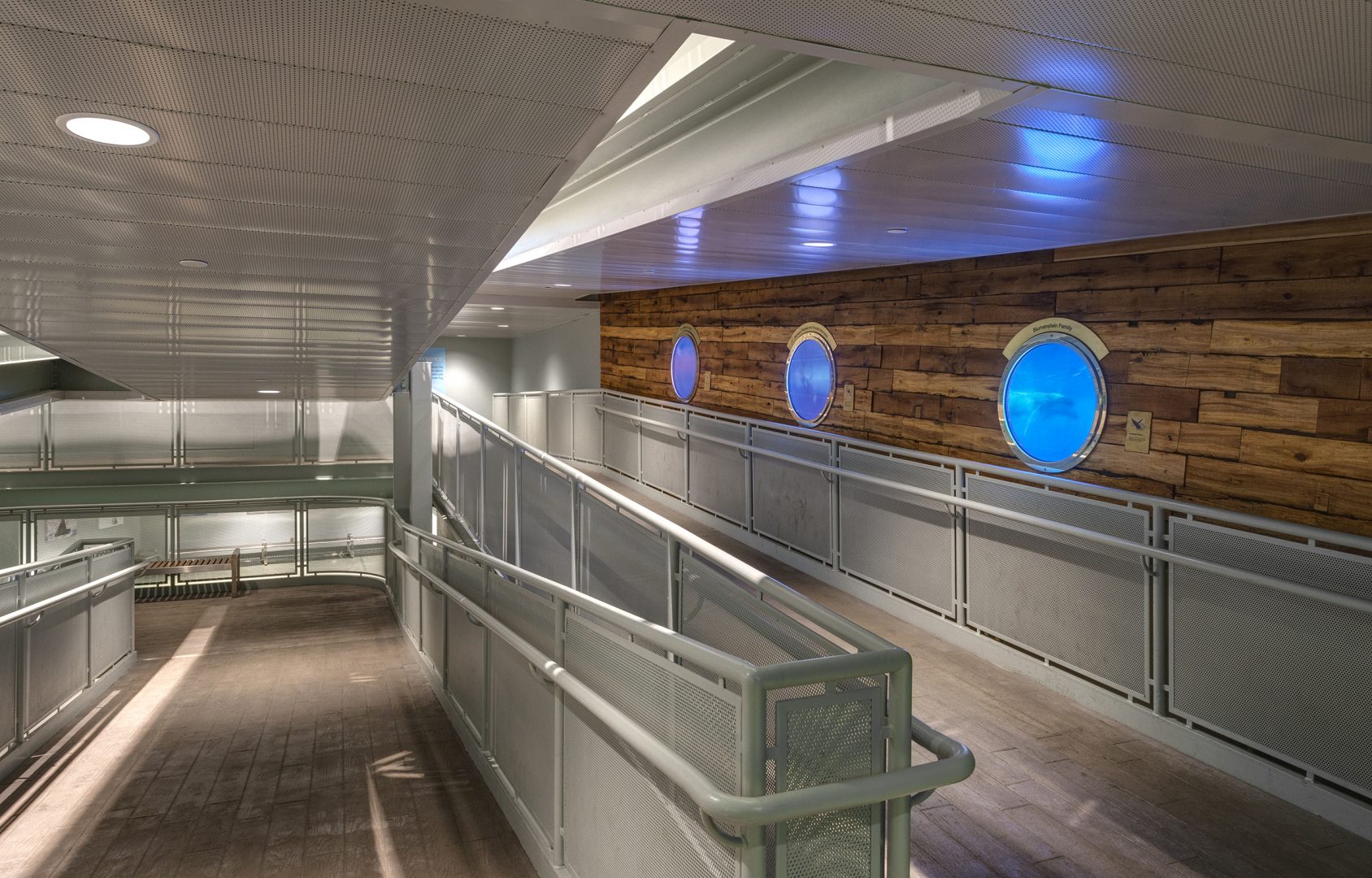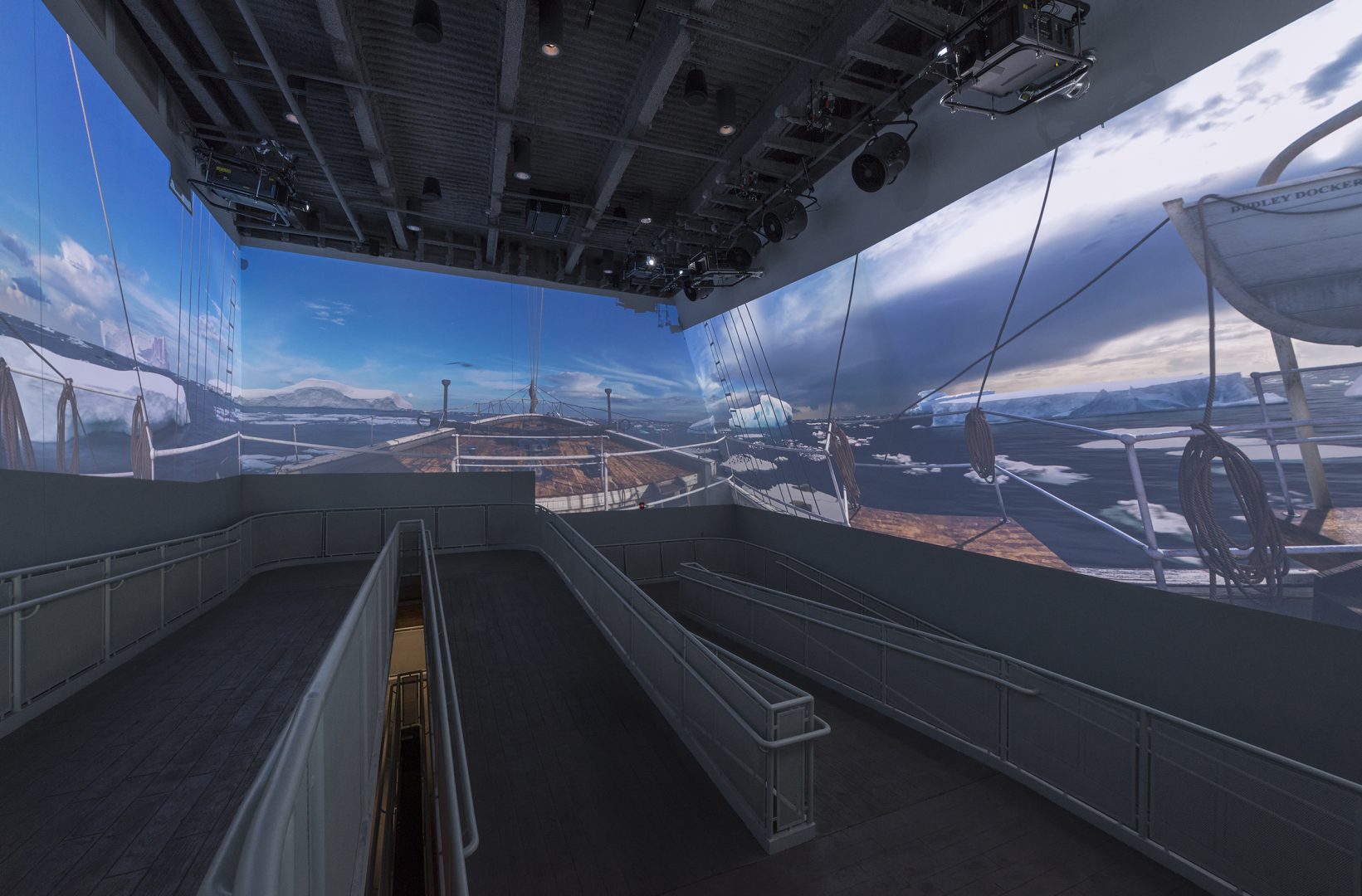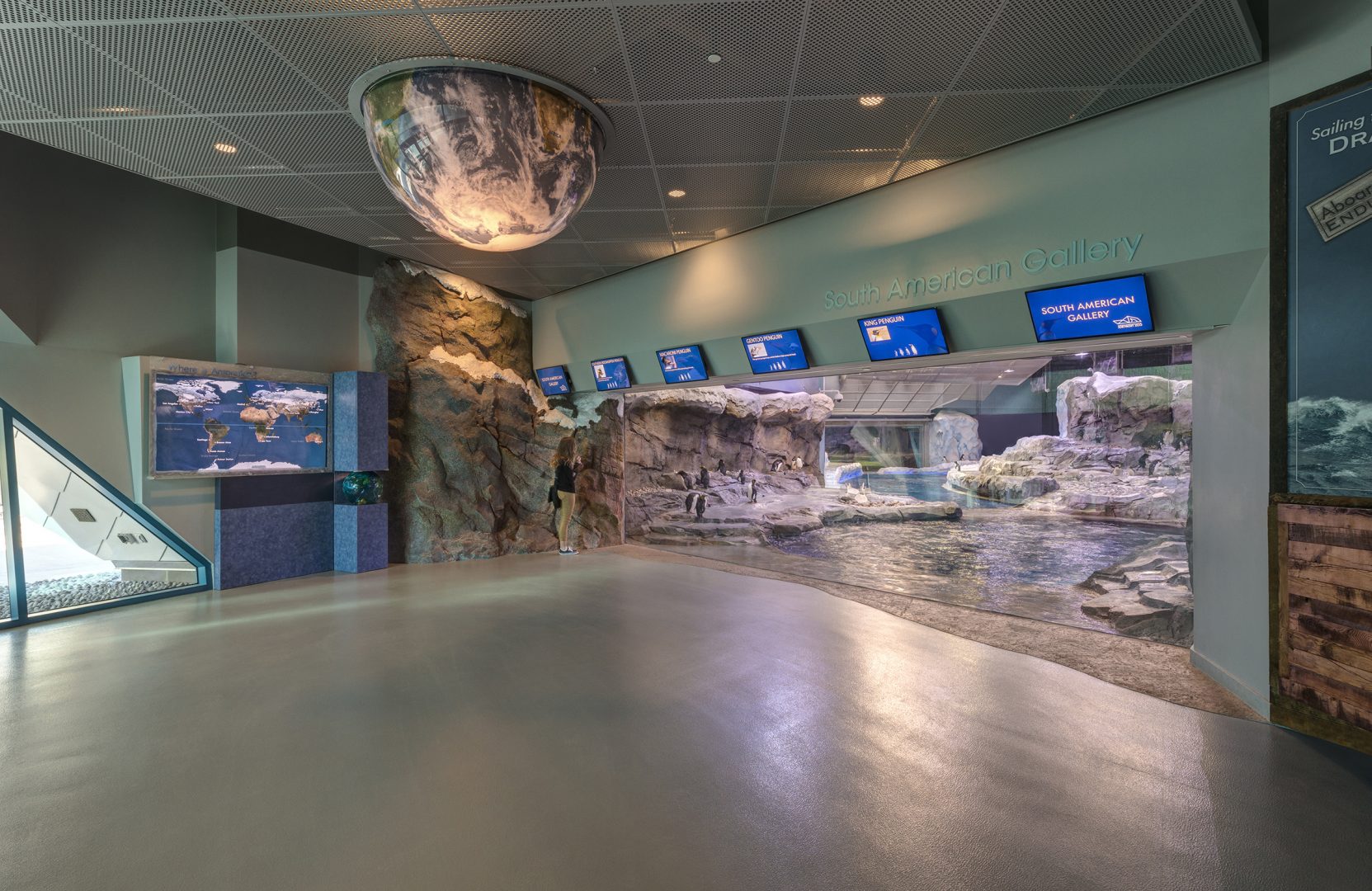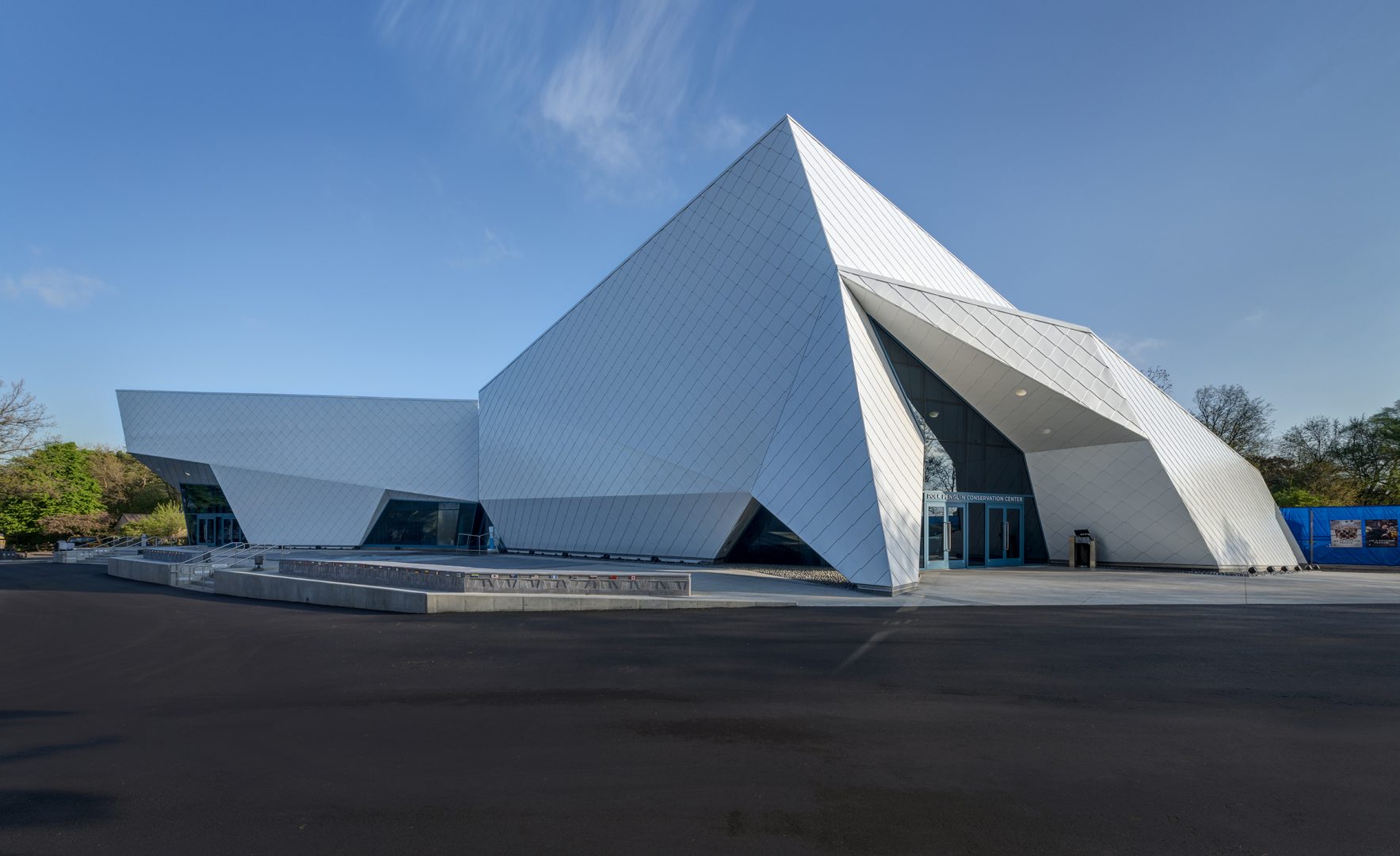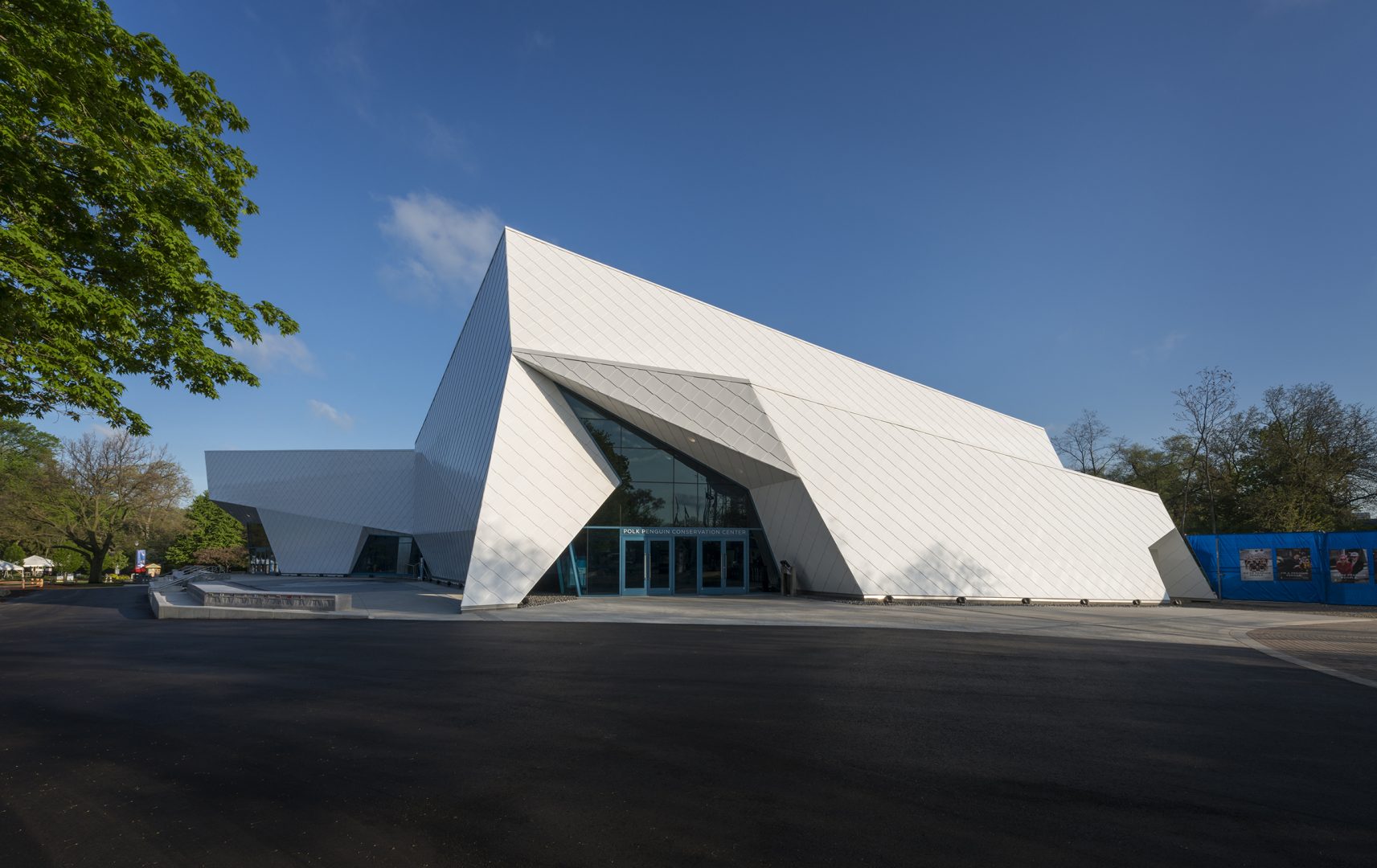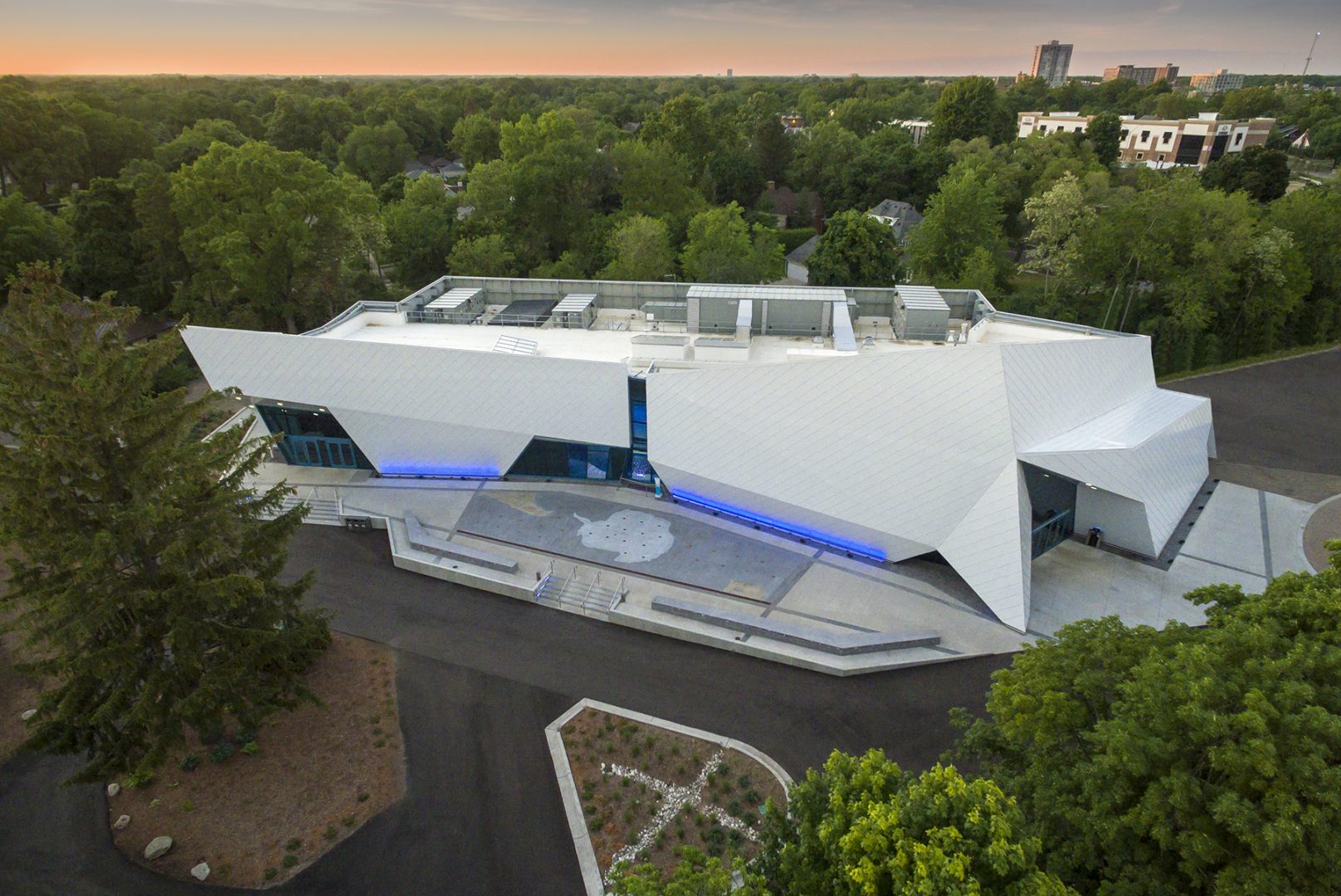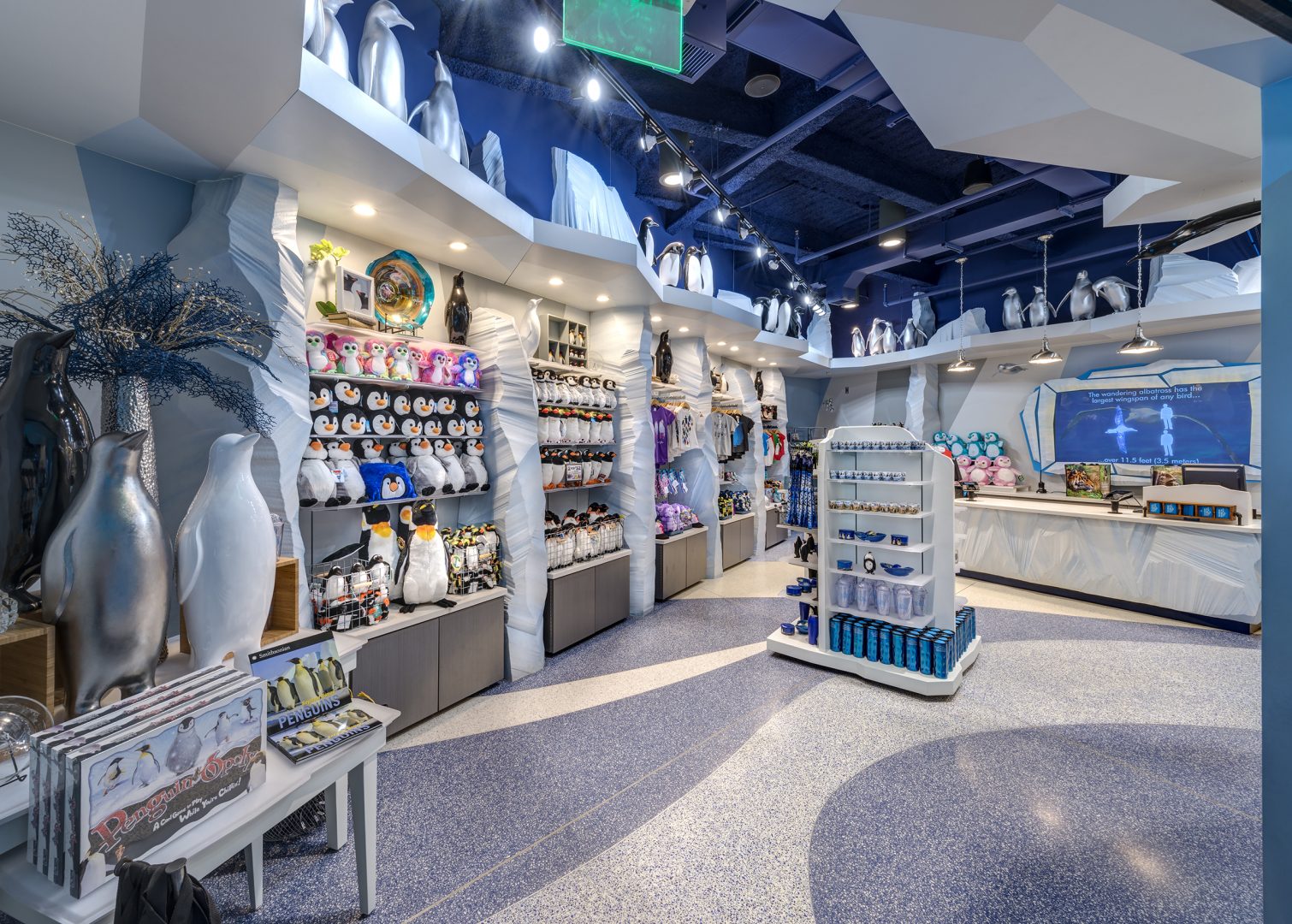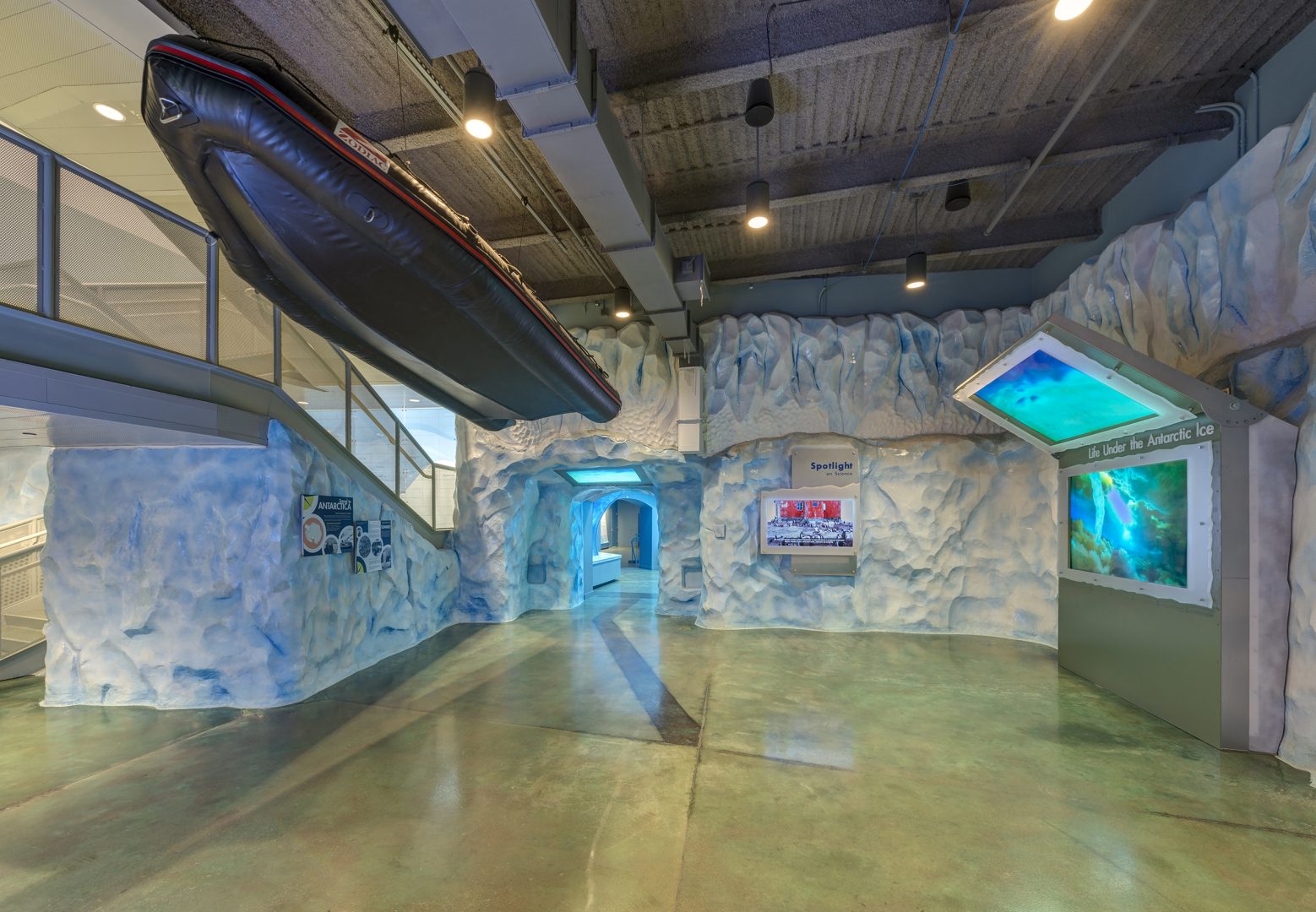Inspired by the legendary Antarctic expeditions of Sir Ernest Shackleton, the Polk Penguin Conservation Center (PPCC) at the Detroit Zoo is the largest penguin habitat in the world and is home to more than 80 penguins of four species encouraging in-the-wild behavior including diving, nesting and rearing young. The building’s exterior resembles a tabular iceberg with a crevasse and 25-foot waterfall. Thousands of custom metal scales cover the exterior skin in a layered fashion resembling the penguin’s coat of feathers. The interior features arctic blasts, iceberg calving (chunks of ice that break off of glaciers), waves and snow. One of the more dramatic features is a penguin deep dive. Visitors moving through two acrylic underwater viewing tunnels are able to see above and below water as the penguins dive and soar through an ice-cold 325,000-gallon, 25-foot-deep aquatic area. The entry plaza includes a splash area in the summer and a skating rink in winter.
Measuring sustainable strategies was also important to the Zoo. An initiative to focus on the importance of water conservation guided the design and construction of the deep dive pool with a sophisticated treat and reuse water filtration system. Net-zero water goals were attained through the recirculation and treatment of the habitat and animal-management pools, wash-down systems, and exterior splash play area, and energy savings achieved through LED lighting, natural light, low VOC finishes, and using reclaimed wood.
The Polk Penguin Conservation Center at the Detroit Zoo was awarded ‘Best Project’ in the Sports/Entertainment category of Engineering News-Record (ENR) Midwest’s Regional Best Projects, and as 2016’s ‘Best of the Best’ from across the U.S. The project was also named Project of the Year by the Construction Association of Michigan (CAM).
To read more on ENR’s Best of the Best Projects 2016: ENR 2016 Best of the Best_Polk Penguin Conservation Center
Project Details
LOCATION
Detroit, Michigan
CLIENT
Detroit Zoo
SIZE
325,000-gallon, 25-foot-deep aquatic area
CONSTRUCTION COST
$29.5 million

